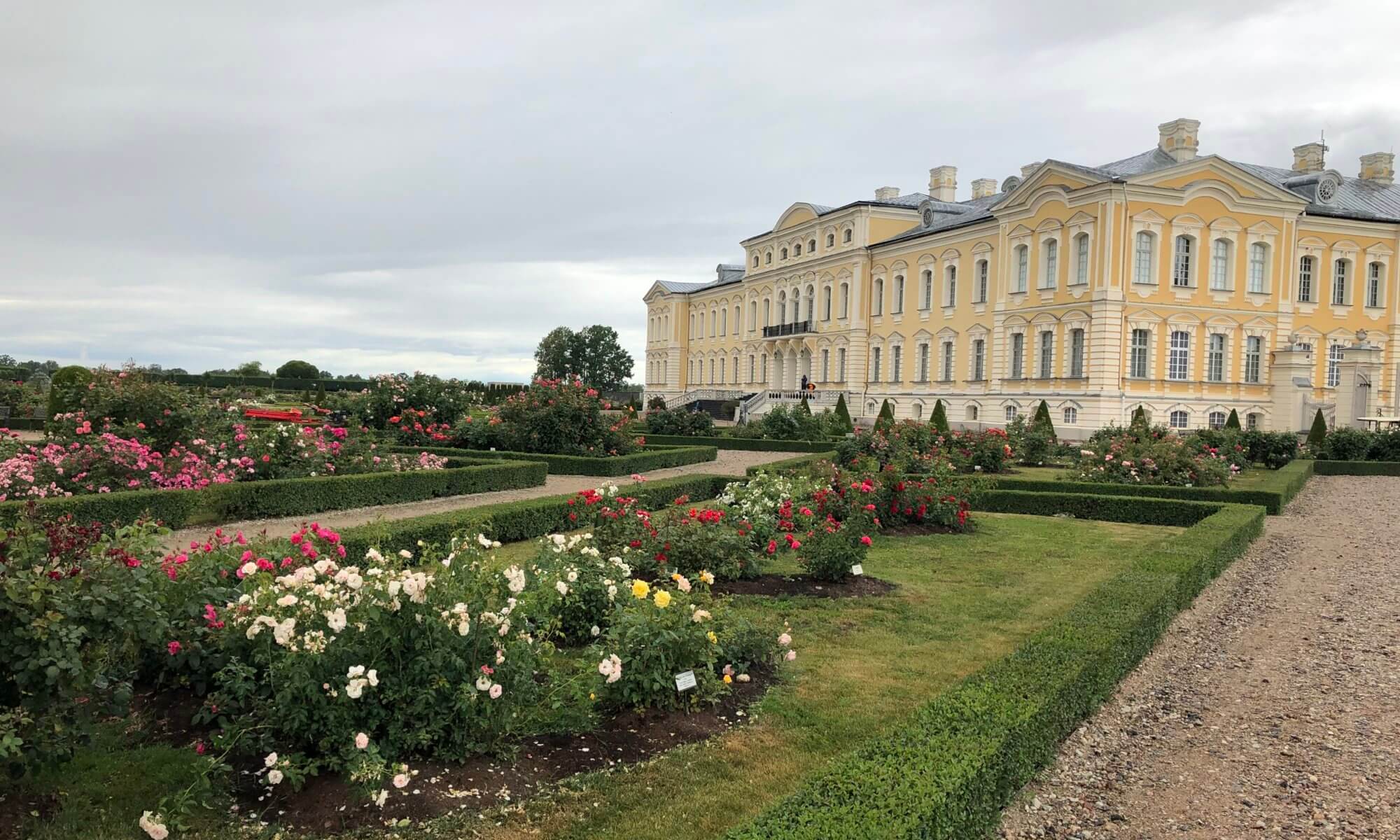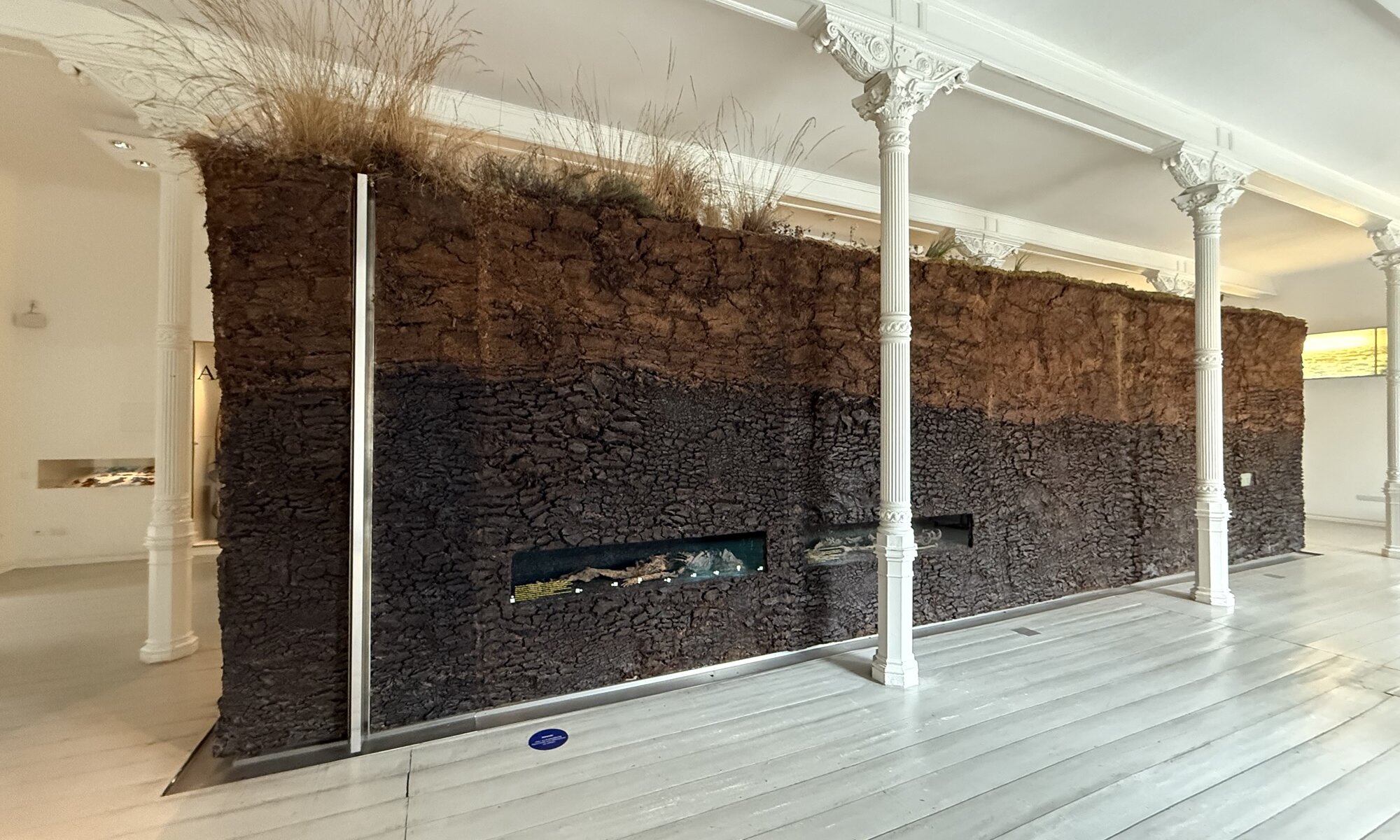The Landesmuseum Natur und Mensch in Oldenburg is a fascinating destination for anyone interested in the interplay between people and the natural world. Housed in one of Germany’s oldest museums, its exhibitions focus on the diverse landscapes of the region, from moorlands to marshes and the Geest. Visitors can explore permanent displays that highlight the natural habitats for local flora and fauna, as well as the ways humans have shaped and adapted to these environments since the Stone Age. The museum also features an aquarium showcasing the underwater world of the Hunte river and a mineral vault with precious stones and minerals.
Inside the museum, you’ll find three main thematic areas: Moor, Geest, and Küste & Marsch. The moor exhibition presents this unique and challenging landscape, displaying rare archaeological finds, preserved bog bodies, and threatened plant and animal species. It vividly documents the struggle for survival in such a harsh environment. The Geest section brings to life over 20,000 years of cultural and natural history, with reconstructed ancient burial sites, archaeological artifacts, and detailed soil profiles. The Küste & Marsch exhibition explores the dynamic relationship between land and sea, illustrating how tides, storms, and human intervention have shaped the coastal region.
What landscapes are we talking about? The Geest is characterized by its sandy, slightly elevated terrain formed during the Ice Age. It is generally less fertile than the surrounding marshes, with thin soils that support heathlands, forests, and scattered settlements. The landscape is marked by gentle hills and dry conditions, making agriculture more challenging but offering a rich archaeological history and unique biodiversity.
The Marsch, in contrast, consists of flat, low-lying land formed by river and sea sediments. These areas are highly fertile due to the nutrient-rich soils and high groundwater levels, making them ideal for agriculture. The Moor, or bog, is a wetland area with acidic, waterlogged soils rich in peat. Historically difficult for farming, moors are important habitats for specialized plants and animals and have yielded significant archaeological discoveries, such as ancient wooden trackways and bog bodies. Together, these three zones – Geest, Marsch, and Moor – define the natural landscape around Oldenburg and are vividly brought to life in the museum’s exhibitions.
Landesmuseum Mensch und Natur
Oldenburg in Oldenburg
Germany
Loading map...


